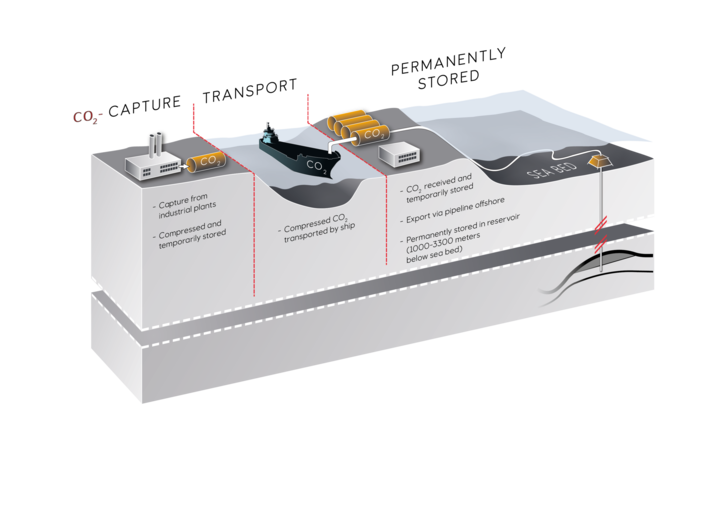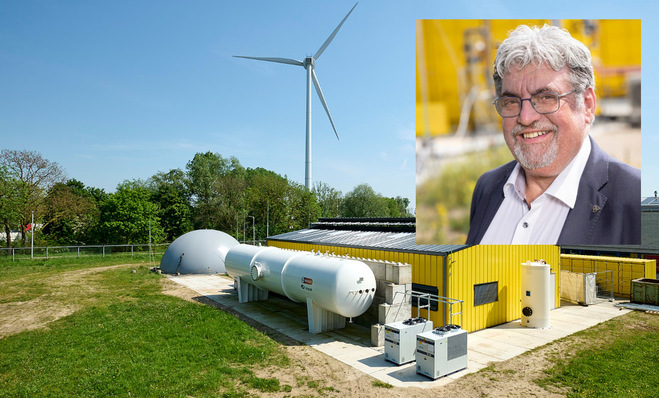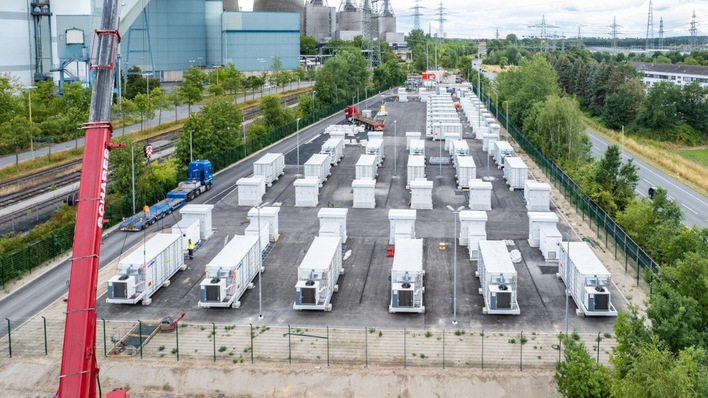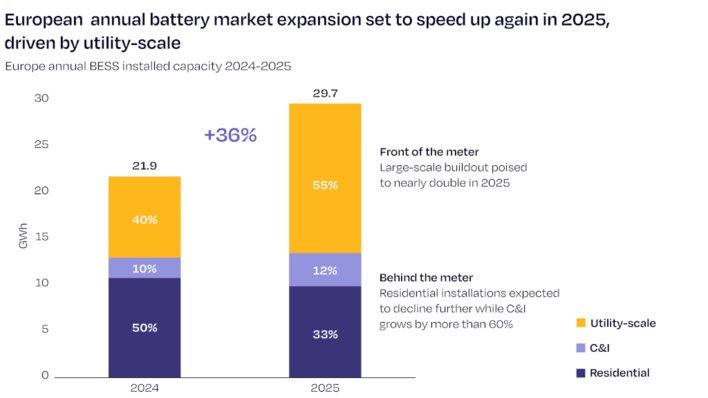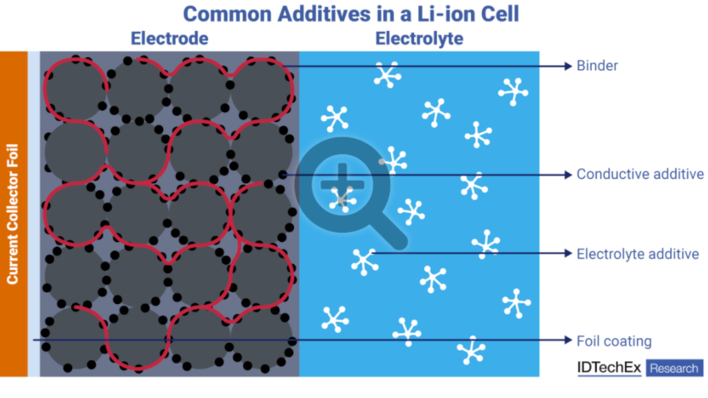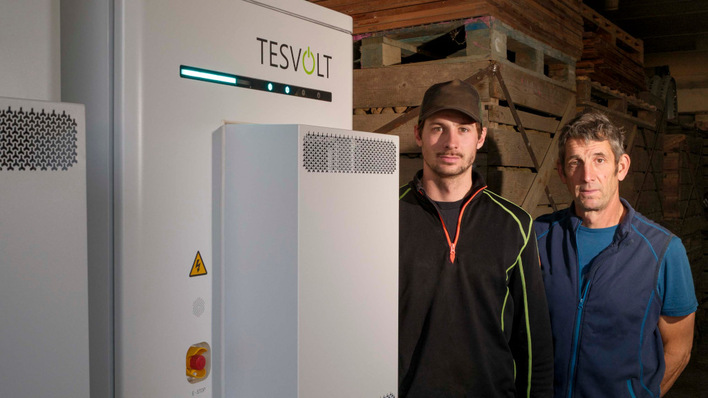There is a consensus in scientific research that even with an ambitious climate policy, humanity will probably still release 5-15% of current CO2 emissions by the middle of the 21st century and drive climate change. These residual emissions occur, for example, in cement production, waste incineration, air and heavy-duty transport, and agriculture. To offset these emissions, CO2 must be captured directly at its sources as well as removed from the atmosphere. The gas must then be safely stored. CO2 capture and storage processes are also known as CCS (carbon capture and storage).
CO2 is a long-lived gas. Its extraction and storage must therefore be effective and permanent. Carbon dioxide removal methods such as direct air capture (DAC) and bioenergy generation with carbon dioxide capture and storage (BECCS) rely on storage in the geological subsurface. In Europe, CCS has so far only been applied on an industrial scale in Norway. Here, the CO2 is injected under the seabed. In the Netherlands, Denmark, the United Kingdom and Norway, various companies are planning further large-scale projects for marine geological CO2 storage in the North Sea, as this can now be economically viable due to rising prices for emissions certificates.
CO2 storage potential of 150 billion metric tons
It is estimated that around 150 billion metric tons of CO2 can be stored in the deep seabed of the entire North Sea, and 3.6 to 10.4 billion metric tons below the German North Sea. By comparison, calculations indicate that Germany will produce residual emissions of 0.04 - 0.1 billion tons of CO2 per year in the future.
This is where the research mission CDRmare of the German Alliance for Marine Research (DAM), funded by the Federal Ministry of Education and Research (BMBF) and the northern German states, comes in. It is investigating open geological, technical and legal issues of CO2 storage in the seabed of the German North Sea. The aim is to develop solutions and options for action as well as monitoring and precautionary concepts for known risks. This was underlined by Prof. Andreas Oschlies, co-spokesperson CDRmare & Climate Modeling from GEOMAR Helmholtz Centre for Ocean Research in Kiel at a press briefing in Berlin at the end of March.
Risk of local contamination and seismic vibrations
Known risks include the unintentional escape of stored CO2 from the reservoir rock through leakage and the resulting acidification of near-bottom water masses, at least locally limited to small areas of about 50 square meters. In addition, there is potential contamination of the marine environment by very salty formation water as well as by heavy metals and other substances harmful to the environment that may be contained in the formation water that is displaced from the reservoir rock in the course of CO2 injection.
Did you miss that? CO2: Off to sea
Known risks also include seismic vibrations at depth, which could endanger the functionality and stability of infrastructures anchored to the seabed. In addition, noise pollution for marine organisms, for example harbor porpoises, in the course of the search for suitable storage structures, during the construction of the facilities and the long-term monitoring of the CO2 storage facilities. Monitoring and precautionary concepts have been developed for CCS projects in neighboring countries, but these must now be adapted to conditions in the German North Sea and supplemented if necessary, Oschlies said. In addition, strategies for dealing with potential conflicts with other uses of the North Sea, such as offshore wind farms, would be needed.
Selection of suitable sites
Potential damage to the ecosystem from marine geological CO2 storage cannot be completely ruled out, but it is manageable compared to the climate change mitigation benefits, the CDRmare researchers concluded. "Carbon dioxide can be safely and permanently deposited under the seabed of the North Sea. To minimize environmental risks, suitable sites must be selected and these must be carefully explored and continuously monitored," said Prof. Klaus Wallmann of GEOMAR Helmholz Centre for Ocean Research in Kiel. The exploration of potential sites in the German North Sea must be made possible in a timely manner, he added.
Numerous legal hurdles
However, this is currently still failing due to numerous legal hurdles, states Prof. Alexander Proelß from the University of Hamburg. Mecklenburg-Western Pomerania, Lower Saxony and Schleswig-Holstein, for example, have bans on underground CO2 storage in the coastal areas of the North Sea. In addition, applications for approval of CO2 storage facilities in the German North Sea should already have been submitted by the end of 2016, according to the Carbon Dioxide Storage Act (KSpG).
Currently, it is also unclear, for example, whether CO2 storage projects beyond the 12-nautical-mile coastal sea could be implemented if the application deadline were extended, or whether these would also be subject to state law. Research into the possibility of storing CO2 in basaltic rocks in the mid-ocean ridge also faces legal hurdles. Among other things, legal clarification is needed on whether transporting and storing CO2 in the seafloor for research purposes is compatible with current law. (hcn)
CDRmare research alliances
The CDRmare research mission is composed of six consortia, in which different methods of marine CO2 removal and storage are investigated and subsequently evaluated with external experts. The six consortia are:- Carbon dioxide removal by alkalinity enhancement: potential, benefits and risks (RETAKE). Innovative approaches to enhancing the carbon storage potential of vegetated coastal ecosystems (Sea4soCiety). Submarine carbon dioxide storage in geological formations of the German North Sea (GEOSTOR). Artificial buoyancy in field tests (Test-ArtUp). Alternative scenarios, innovative technologies and monitoring approaches for carbon dioxide storage in oceanic crust (AIMS3). Assessment Framework for Marine Carbon Dioxide Removal and Synthesis of Current Knowledge (ASMASYS). (hcn)


